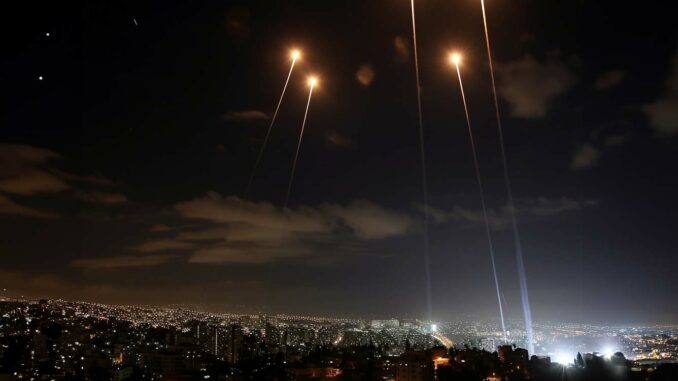
Learn about Israel’s “Iron Dome” missile defense system: operation, development, cost, and more.
What is the “Iron Dome” and how does it work?
The Iron Dome is an air defense system developed to intercept and destroy short-range projectiles. It detects incoming threats via radar, then analyzes and tracks their trajectory. Interceptors are launched to neutralize projectiles before they reach their target. The whole process, from detection to interception, takes just a few seconds.
How was the “Iron Dome” developed, and by whom?
The Iron Dome was developed by the Israeli company Rafael Advanced Defense Systems, in collaboration with Israel Aerospace Industries. Development was prompted by the need to protect Israeli citizens from frequent rocket attacks. Design work began in 2007, and the system was deployed for the first time in 2011.
How much does “Iron Dome” cost Israel?
The cost of a complete Iron Dome system is estimated at around US$50 million, with each interceptor costing around US$40,000. Funding for the system includes a significant contribution from the United States, in addition to Israel’s defense budget.
How many rockets has the Iron Dome intercepted to date?
To date, Iron Dome has intercepted over 2,500 rockets fired at Israel. This figure reflects successful interceptions since it was first commissioned in 2011, demonstrating its crucial role in protecting both civilian and military areas.
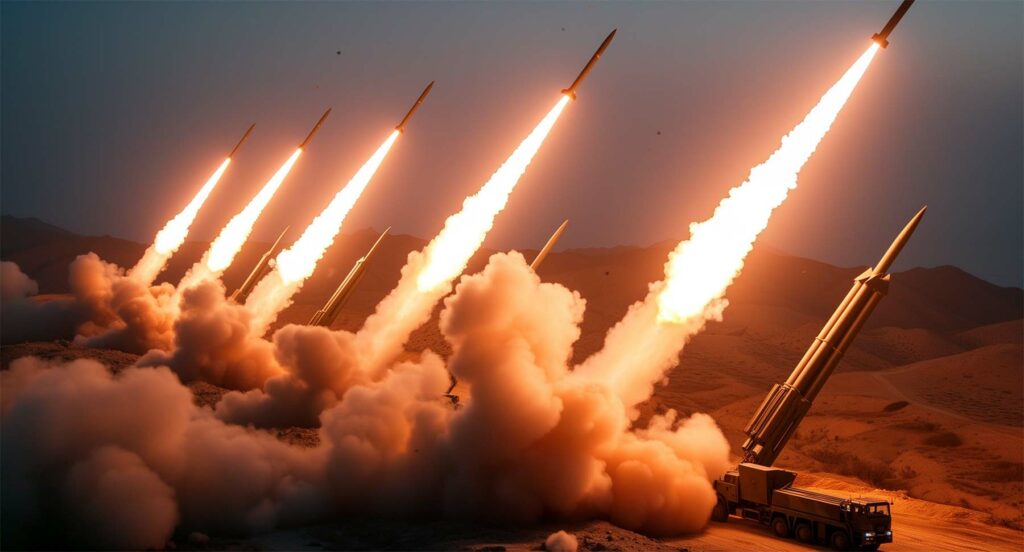
What are the limitations and criticisms of Iron Dome?
Although highly effective, the Iron Dome does have its limitations. It is less effective against projectiles fired at very short range. In addition, the cost per interception is high, and the system cannot cover all Israeli territory simultaneously. Critics also point to the perception of infallible security it could create among citizens.
How is Iron Dome funded?
Iron Dome is mainly funded by the Israeli government, with substantial assistance from the United States. Since 2011, the United States has allocated more than 1.5 billion USD to support the development, production and maintenance of the system.
Is the “Iron Dome” only used by Israel, or have other countries adopted it?
To date, Israel is the only user of the Iron Dome. However, other nations have expressed interest in acquiring this defense system because of its proven effectiveness in protecting against rocket attacks.
What improvements are planned or underway for the Iron Dome system?
Ongoing improvements are being made to Iron Dome to increase its range, accuracy and ability to intercept a wider variety of threats. Efforts are underway to reduce costs per intercept and to integrate advanced radar and intercept technologies.
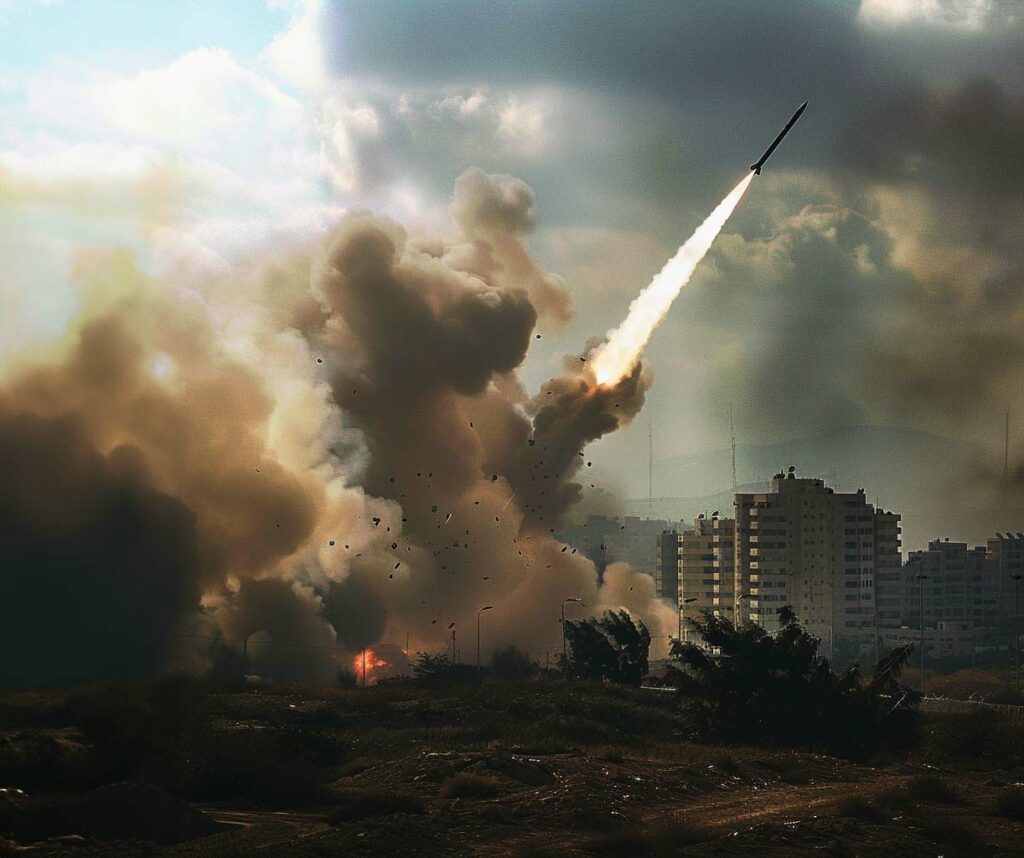
How does the Iron Dome influence Israel’s military strategy?
The Iron Dome is a pillar of Israel’s defense strategy, enabling a proportionate response to attacks without significant escalation. It enables Israel to protect its citizens while managing low-intensity conflicts, without immediately resorting to broader offensive military responses.
What impact does the Iron Dome have on relations between Israel and its neighbors?
The Iron Dome is changing regional dynamics by providing Israel with a robust defense against rocket attacks. This influences the strategies of regional players who may perceive military intervention against Israel as less effective, potentially leading to a search for alternative solutions to conflicts.
Can Iron Dome intercept all types of missiles and rockets?
Iron Dome is optimized for intercepting rockets and short-range artillery shells. It is less suited to countering long-range ballistic missiles or combat aircraft. Israel supplements its defense with other systems for these threats, such as the Arrow for intercontinental ballistic missiles.
How is the “Iron Dome” deployed during a conflict?
During a conflict, the Iron Dome is strategically deployed to protect civilians and key infrastructure. The batteries are mobile and can be repositioned in response to changing threats. Their deployment is supported by continuous threat and intelligence analysis.
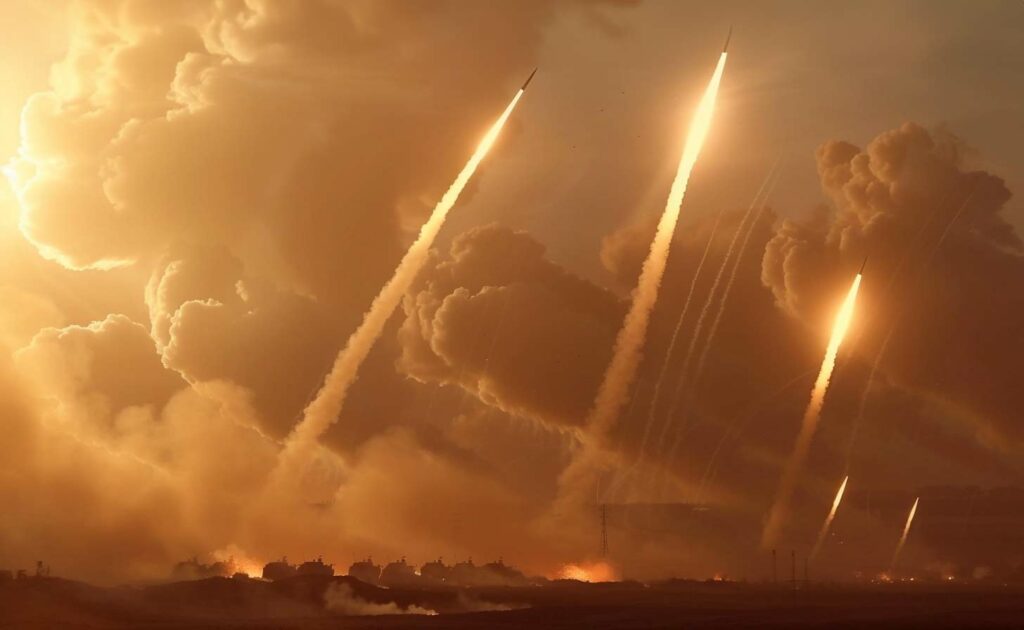
Are there any alternatives to the Iron Dome for missile defense?
Although Iron Dome is central to Israel’s missile defense, there are other systems that complement its coverage, such as David’s Sling and Arrow 2 and 3. Each system targets different threats by range and altitude, providing a multi-dimensional defensive layer.
How does the Israeli population perceive the “Iron Dome”?
The Israeli population generally views the Iron Dome very favorably, seeing it as a vital shield against rocket attacks. This perception is reinforced by the significant reduction in civilian casualties and property damage since its deployment.
Has Iron Dome ever been deployed outside Israel?
To date, Iron Dome has not been permanently deployed outside Israel, although its effectiveness has attracted international interest. Israel has discussed selling the system to other countries, but it remains exclusively in use on Israeli territory for the time being.
What are the political implications of the Iron Dome deployment?
The deployment of the Iron Dome has major political implications, both inside and outside Israel. It strengthens Israel’s position in peace negotiations, being seen as a means of reducing vulnerability to attack. However, some critics argue that it could also reduce the urgency of pursuing diplomatic solutions.
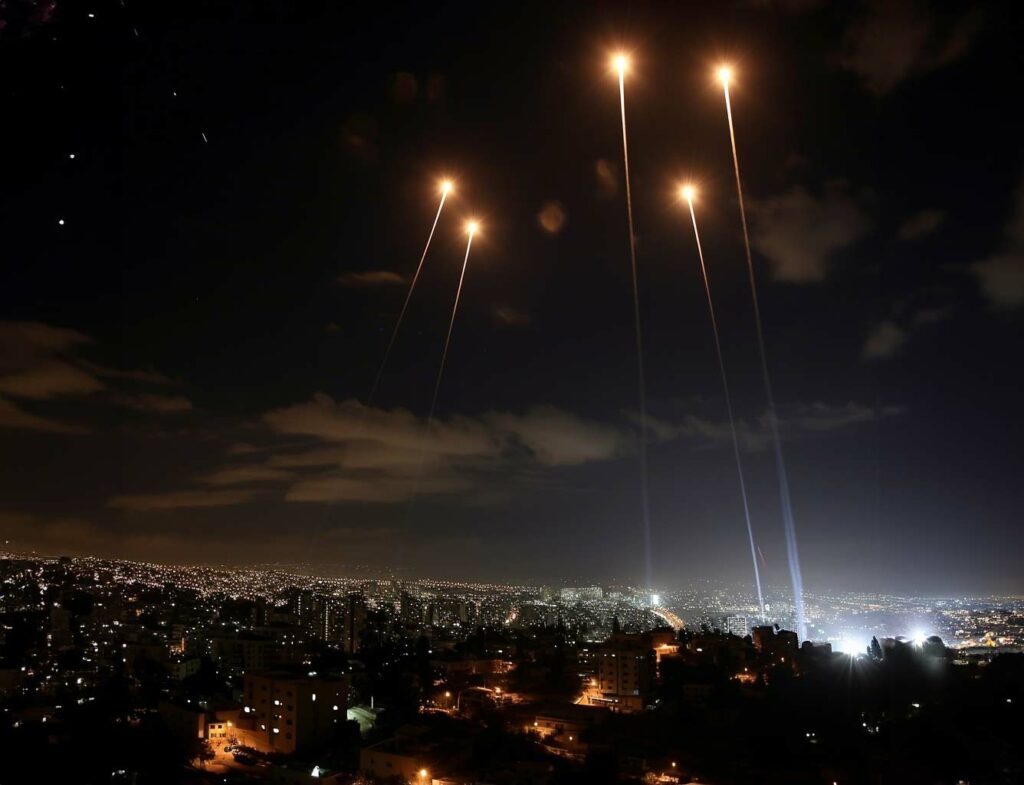
How does the “Iron Dome” fit into Israel’s multi-layered defense system?
The Iron Dome is the first layer of defense in Israel’s multi-layered system, targeting short-range threats. It is complemented by David’s Sling for medium-range threats and the Arrow system for long-range threats, forming an integrated, layered defense.
What technological challenges did you face in developing the Iron Dome?
The development of the Iron Dome posed significant challenges, not least the need to achieve precise interception at extremely high speeds. The miniaturization of radar and missile technologies was essential to enable fast and effective responses.
How is the Iron Dome affecting the tactics of armed groups opposed to Israel?
Armed groups have had to adjust their tactics in response to the effectiveness of Iron Dome, including launching simultaneous rocket salvos in an attempt to saturate the system. This has led to a technological and tactical cat-and-mouse game between these groups and the IDF.
What is the success rate of Iron Dome and how is it calculated?
The success rate of Iron Dome is estimated at around 90%, calculated on the basis of the number of rockets intercepted in relation to the total number of threats identified as dangerous and requiring interception. This figure is regularly updated in line with the number of engagements.
War Wings Daily is an independant magazine.